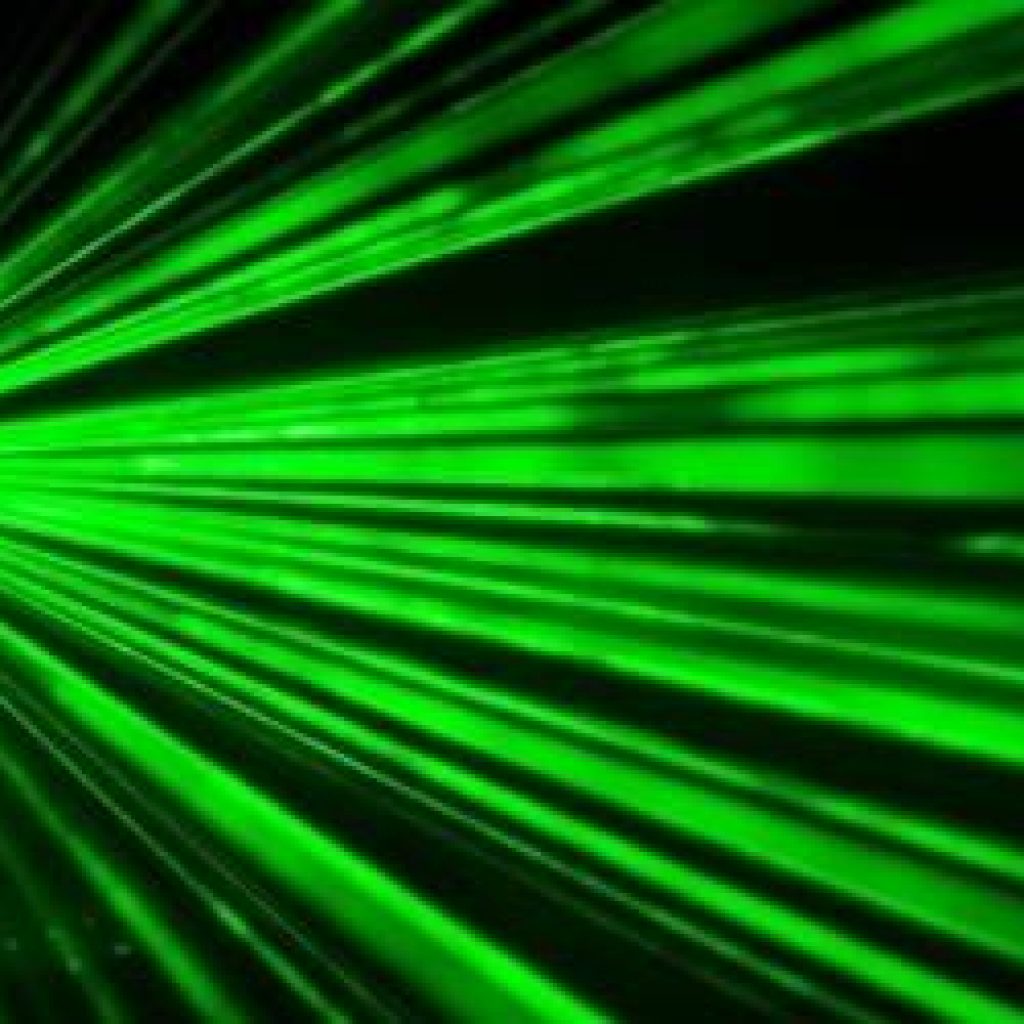(LaserFocusWorld) 2020 marks the 60th anniversary of the invention of the laser. Quantum technologies are adding another chapter to the great book of light-based enlightenments enabled by lasers. It will be interesting to see how small lasers will remain the giants on whose shoulders future quantum technologies can reliably rest.
There are new quantum technologies on the horizon, with applications so exciting that researchers and science writers alike are proclaiming a second quantum revolution.
While the resulting applications are novel, the tools to enable quantum technologies are not. Already, Newton acknowledged what is at the heart of modern science and technology: “If I have seen further, it is by standing on the shoulders of Giants.”
The laser, a product of the first quantum revolution, is an enabling technology for quantum technologies. Its application is by no means limited to purely optical quantum technologies. Lasers are rather found in the majority of quantum setups.
In fact, the laser company TOPTICA Photonics AG (Munich, Germany), which has its origins in laser cooling and spectroscopy of atomic species, is now the major provider of laser systems for all areas of quantum technologies: quantum communication, quantum computing, quantum simulation, quantum metrology, and quantum sensing.
Every property of a laser—that is, its wavelength, linewidth, power, polarization, temporal, and spatial beam profile—is an important control parameter in quantum technologies. In quantum communication, this is reflected in the many different encodings for quantum information.
Besides the application-determined and physics-driven demand for control of all laser parameters, there are many technological challenges to be met by light sources for quantum technologies. Mode-hop-free tuning, large tuning ranges, pointing and power stability, reliability, compactness, low power consumption, low cost of ownership, and remote control are among the many features that are essential.
Diode lasers meet many of these requirements extremely well. They are intrinsically small devices that convert electric energy into laser light with unparalleled efficiency.
The Laser an Enabling Technology for Quantum Technologies
